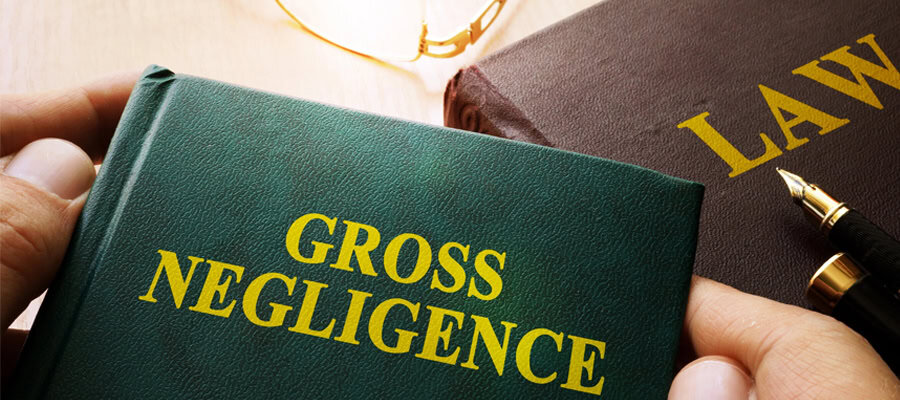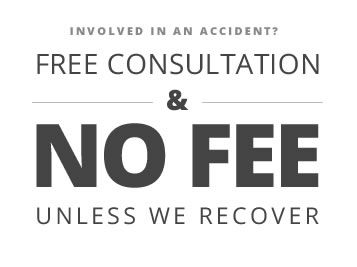Accidents remain a leading cause of death and disability in Maryland and throughout the US, from traffic crashes to slip and falls to medical errors. The US Centers for Disease Control and Prevention (CDC) reports that more than 50.3 million people seek medical attention for unintentional injuries annually, while accidents are the fourth leading cause of death.
Many injured individuals are unaware that Maryland has a pure contributory negligence system, which can significantly impact their ability to recover damages. It’s critical to retain an Owings Mills personal injury attorney who can explain this complex legal concept in plain language. However, an overview is also useful.
Can You Recover Compensation Under Maryland’s Negligence Laws?
Maryland follows a strict contributory negligence rule, meaning accident victims cannot recover compensation if they are even 1% at fault for the incident. This differs from most US states, which allow partial recovery under comparative negligence laws.
As a result, insurance companies and defendants frequently argue that an injured party shares some blame to avoid paying claims. If you were injured in an accident, proving that you bear no responsibility is essential to securing compensation.
Maryland’s Comparative Negligence Law in Personal Injury Cases
Unlike states with comparative negligence systems, Maryland’s strict contributory negligence doctrine often results in claim denials. This means that you could recover nothing if:
· You were injured by a drunk driver, but you were speeding.
· A motorist hit you as a pedestrian while you were jaywalking.
· You fell on a slippery floor in a store, but you were barefoot.
Because of this harsh standard, personal injury claims in Maryland require strong evidence, such as surveillance footage, witness testimony, and expert opinions, to prove the injured party was completely blameless.
Comparative Negligence in Maryland v. Other US States
Most U.S. states follow modified or pure comparative negligence laws, which allow accident victims to recover damages even if they share some fault. Some states with modified comparative negligence allow a claimant to recover compensation if they are less than 50% at fault. Other jurisdictions apply a pure comparative fault standard, in which a claimant cannot recover if they are 51% or more to blame.
Strategies to Fight the Comparative Negligence Defense
Defendants and insurance companies in Maryland often try to shift blame onto the injured party to avoid liability. To counter this, attorneys gather solid evidence to prove fault, establish the severity of injuries, and show a direct link to the accident. Examples are:
· Accident reports
· Camera footage
· Building code violations
· Expert testimony
· Medical records
· Witness statements
A Baltimore County Personal Injury Lawyer Can Explain Contributory Negligence You can see the challenges created by Maryland’s contributor negligence law and how they could impact your claim. Because even minor fault can bar recovery, it is critical to have an experienced attorney on your side. The Law Offices of Michael A. Freedman has decades of experience handling personal injury claims in Maryland, helping clients build strong cases against contributory negligence defenses. For details, call 410.363.6848 or visit our website to set up a free consultation at our offices in Owings Mills or Glen Burnie, MD.



